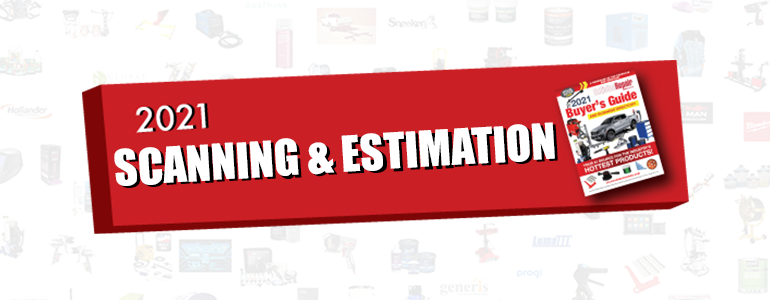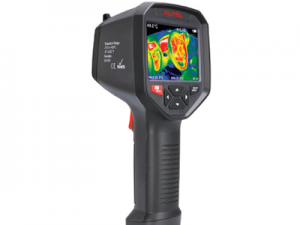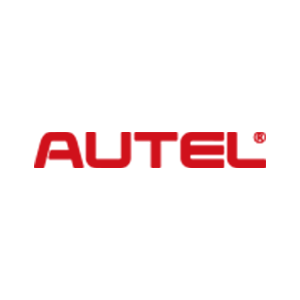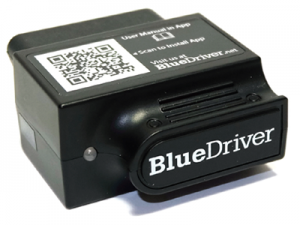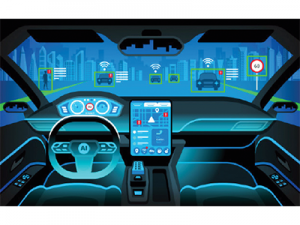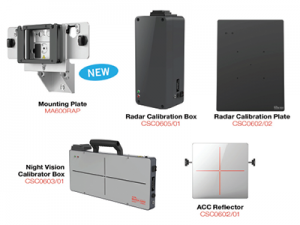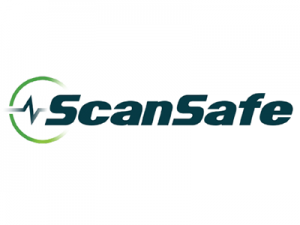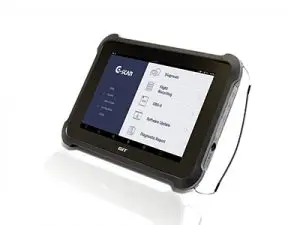SCANNING THE SCENE
IS YOUR BUSINESS PRE-REPAIR PREPARED?
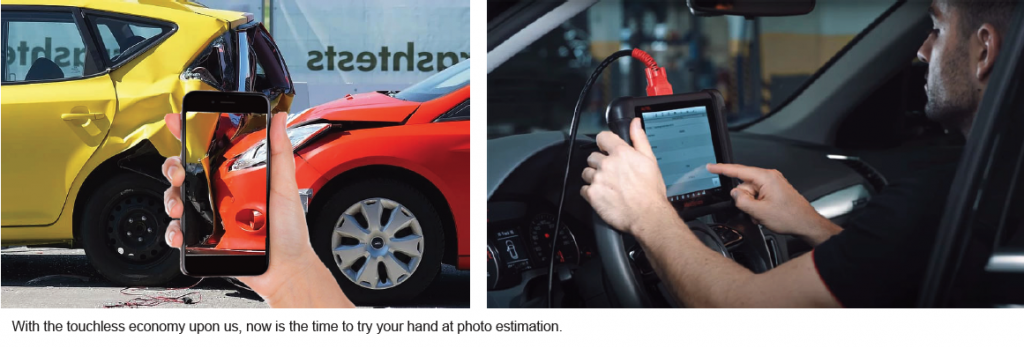
 If there’s one thing that the introduction of widespread pre- and post-repair scanning has brought to the industry, it is a widespread realization about how much unnecessary work comes as a result of an insufficient estimation process.
If there’s one thing that the introduction of widespread pre- and post-repair scanning has brought to the industry, it is a widespread realization about how much unnecessary work comes as a result of an insufficient estimation process.
As Kelly Roberts, a long-time collision repair manager who now works with AirPro Diagnostics recently put it: “Unfortunately, cursory inspections are dangerously insufficient. Modern automobiles are engineered to absorb impacts and spread them throughout a vehicle, meaning damage most always isn’t going to be apparent.”
Some, though not all, of this not-easily recognized damage will be registered in a vehicle’s computer systems. To prevent supplemental work from slowing down the process at your business, a thorough pre-scan is necessary. A thorough and exhaustive search. Vehicles today can utilize over 50 individual modules containing large amounts of generic and manufacturer-specific data.
A vehicle’s system could have 100 million lines of code programmed to operate all its functions, which equates to nearly twice the data processing requirements of your home PC, or 10 times the data processing requirements of your smartphone. A repaired vehicle must have all these modules scanned and functioning normally to ensure the vehicle is safe to be returned to the road. While performing pre- and post- scans is no longer up for debate, the matter of how these should be performed remains an open question. What the best scanning method to use for your shop is a decision you will have to make for yourself.
OEM scan tools that are available through dealerships are not necessarily a sensible option for unaffiliated repairers. Using them can have a deleterious effect on shop KPIs. Generic third-party scan tools provide an inexpensive way for collision facilities to access this information but do not necessarily have the ability to read all of the vehicle’s control modules, and do not contain the software to retrieve all the manufacturer specific data from these modules. Another concern is that many errors from these modules will not trigger a warning light on the dash or give any other indication of a problem.
Then, there are the remote diagnostic scanning options. Performed and analyzed by trained automotive service technician utilizing OEM licensed software offsite, these services cut the guesswork and research time down by producing a full report with recommended repair procedures.
A quick scan of the options included in this section should help give you a solid sense of what to expect, and what to consider.
-

MaxiIRT IR100
Read more0 out of 5 -

OBDII Scan Tool
Read more -

Level 5 Drive
Read more -

MaxiSYS MA600CAL3
Read more0 out of 5 -

ScanSafe
Read more -

G-Scan 3
Read more

